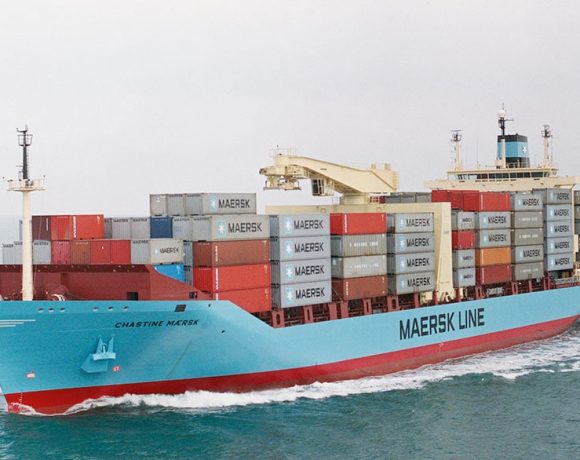
India’s Rice Exports Expected to Withstand US Tariff
The Indian Rice Exporters Federation (IREF) has stated that the recently announced 25% U.S. tariff on Indian rice imports, effective August 1, is unlikely to cause major disruption. The industry considers it a short-term hurdle and expects exports to remain largely stable due to India’s pricing advantage and established global position.
U.S. Not a Major Market for Indian Rice
In 2023–24, India exported approximately 2.34 lakh tonnes of basmati rice to the United States, a small share of its total 52.4 lakh tonnes of global exports. The Middle East remains India’s primary market for rice, reducing the overall impact of the U.S. move.
Competitive Edge Over Other Countries
Despite the new tariff, India’s overall duty burden in the U.S. remains lower than that faced by other major rice exporters. Tariffs on rice from countries like China, Vietnam, and Thailand are reportedly higher. Indian rice continues to be cost-effective and favored for its quality, which could help maintain demand even with the increased duty.
Industry Focused on Adaptability
Exporters say that through strategic planning, diversification, and flexible pricing, Indian rice can stay competitive. Many are now looking to expand into newer markets and reduce dependency on any one country. The export community is also seeking dialogue with government officials to ensure sustained support and incentives.
Part of Wider Trade Friction
The tariff is part of a broader U.S. policy targeting Indian exports due to trade imbalances and India’s continued energy ties with Russia. While the rice sector appears relatively shielded, experts warn that prolonged trade tensions could hurt India’s GDP growth and pressure export margins across multiple sectors.


















